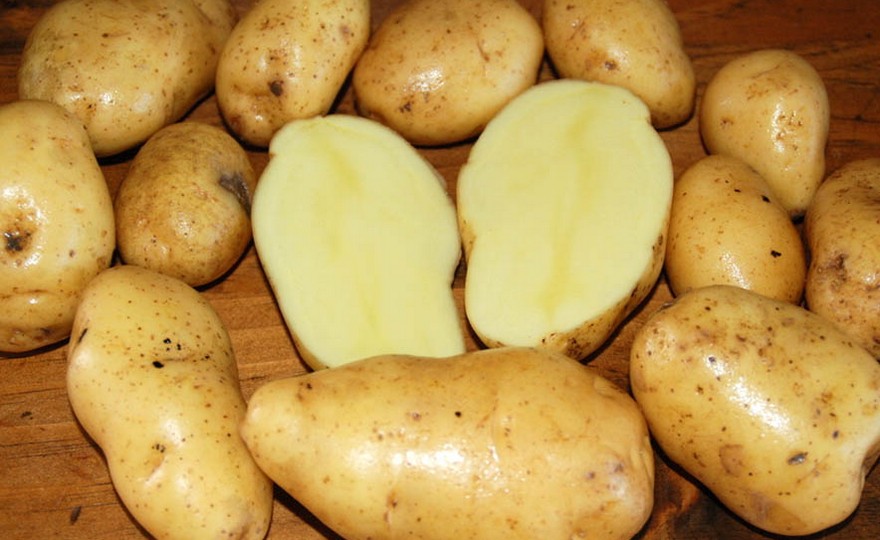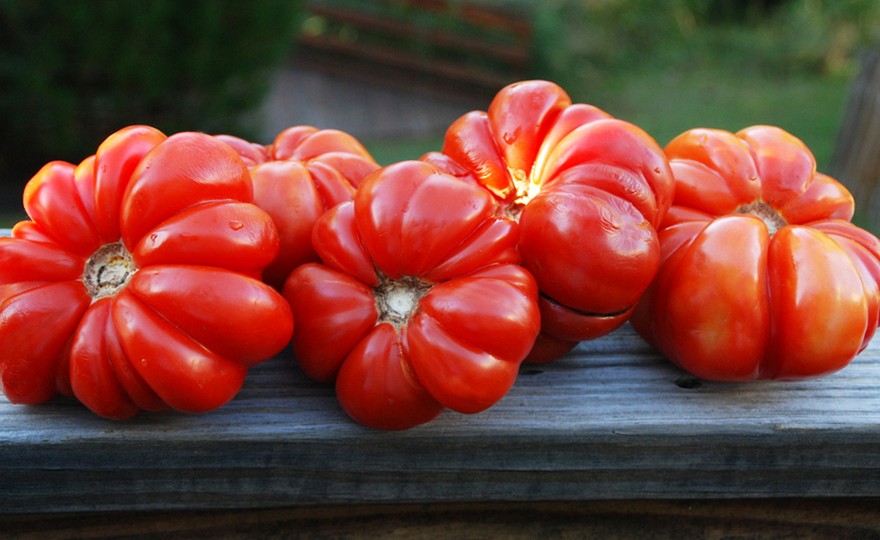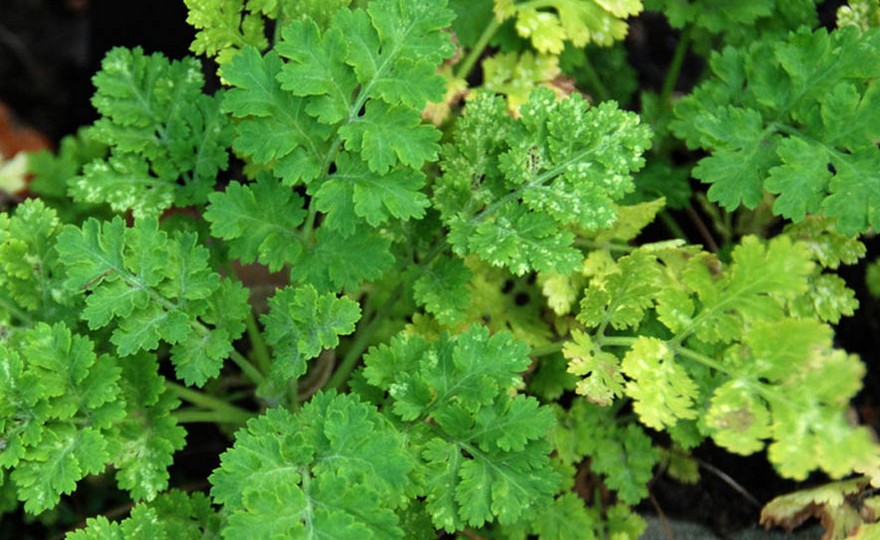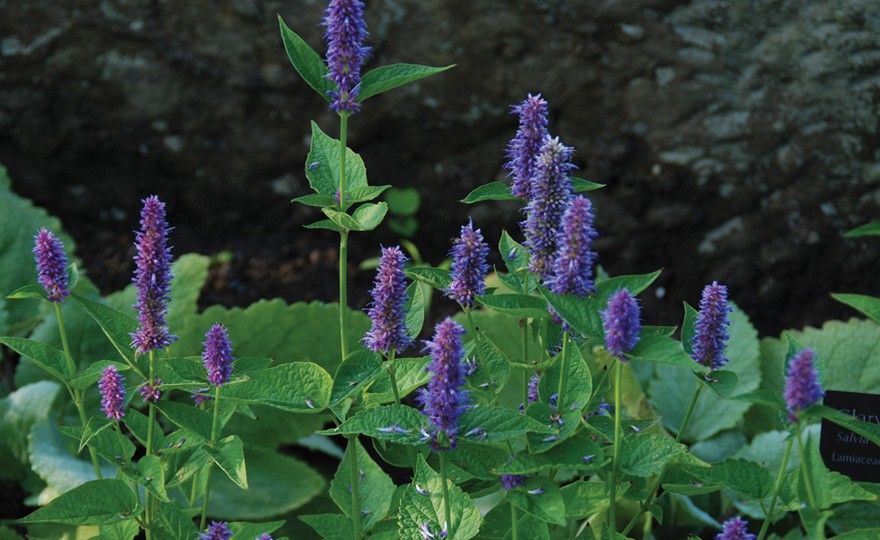
Herb, Catnip
-
- **SOLD OUT** HOLIDAY GIFTS **SOLD OUT**
- **SOLD OUT** Holiday Books **SOLD OUT**
- **SOLD OUT** Holiday Citrus **SOLD OUT**
- **SOLD OUT** Holiday Gift Certificates **SOLD OUT**
- **SOLD OUT** Holiday Paperwhites **SOLD OUT**
- **SOLD OUT** Holiday Praying Mantis Kits **SOLD OUT**
- **SOLD OUT** Holiday Tools **SOLD OUT**
- **SOLD OUT** Holiday Wildflower Mixtures **SOLD OUT**
- Citrus Trees
- **SOLD OUT** - Vegetable and Herb Plants - Mix & Match any 6 Plants for $50 - Only Shipped in Quantities of 6
- Elephant Ear Plants & Roots
- **SOLD OUT** 4-Inch Pot Herb Plants **SOLD OUT**
- Rare Plants
- **SOLD OUT** Vining Plants **SOLD OUT**
- Asian Seeds
- Beneficial Bugs
- Books
- Citrus Fertilizers
- Cold-Treated Bulbs - SEE BULBS FOR FALL PLANTING TO ORDER
- Cold-Treated Allium
- Cold-Treated Chionodoxa
- Cold-Treated Crocus
- Cold-Treated Hyacinthoides
- Cold-Treated Hyacinthus Orientalis
- Cold-Treated Narcissus
- Cold-Treated Cyclamineus Narcissus
- Cold-Treated Double Heirloom Narcissus
- Cold-Treated Jonquilla Narcissus
- Cold-Treated Large Cupped Narcissus
- Cold-Treated Poeticus Narcissus
- Cold-Treated Small Cupped Narcissus
- Cold-Treated Species Miniature Narcissus
- Cold-Treated Split Cupped Narcissus
- Cold-Treated Tazetta Narcissus
- Cold-Treated Triandus Narcissus
- Cold-Treated Trumpet Daffodils
- Cold-Treated Ornithogalum
- Cold-Treated Rock Garden Iris
- Cold-Treated Scilla
- Cold-Treated Tulips
- Cold-Treated Emperor Tulips
- Cold-Treated Fringed Tulips
- Cold-Treated Green or Viridiflora Tulips
- Cold-Treated Lily Flowering Tulips
- Cold-Treated Parrot Tulips
- Cold-Treated Peony Flowering Tulips
- Cold-Treated Single Early Tulips
- Cold-Treated Single Late Tulips
- Cold-Treated Species Tulips
- Cold-Treated Triumph Tulips
- Flower Bulbs, Corms and Tubers
- Bulbs for Spring Planting
- Bulbs for Fall Planting - ALL BULBS AVAILABLE ARE COLD TREATED FOR PLANTING AS SOON AS SOIL CAN BE WORKED
- Fall Blooming Bulbs
- Garden Tools & Equipment
- Gift Certificates
- HHH Exclusive Wildflower Mixtures
- Wildflower Mixtures
- Heirloom Garlic
- Potatoes
- Roots & Sets
- Seeds
- Flowers
- Herbs
- Vegetables
- **SOLD OUT** HOLIDAY GIFTS **SOLD OUT**
-
- No products to compare
-
Quick Overview
HERB, Catnip –
Nepeta cataria
FULL SUN Native throughout all of Europe and Asia, catnip has been cultivated for at least 2000 years. It came to America with the earliest colonists in the 1600s. The 12-18 in. plants have gray-green foliage and though they once were grown for medicinal purposes like easing a sore throat, today the plant is grown for cats and the people who adore them. Plant in late spring after the danger of frost has passed. Rows should be 12-18 in. apart. When seedlings are 2 in. high, thin, leaving 6-8 in. between plants. Harvest at the end of the season by cutting the plants when they are in full bloom. Dry in a warm shady area.
| Type | Spacing | Planting Depth | Days to Germination | Maturity |
| Perennial | 6-8 in. | 1/2 in. | 7-10 | 75-90 |

Herb, Catnip
Catnip is an herb that was used for culinary and medicinal applications for thousands of years. The strong flavor of the leaves was used in Roman salads and frequently in English tea before trade with China brought Chinese tea to the British Isles. A catnip tea was used as a sedative and there appears to be some evidence that catnip can be a mild sedative (Cats certainly think so!). The chemical in catnip, Cis-trans-nepetalactone, is similar to the chemical in valerian which can be a strong sedative. A unique culinary/medicinal application for catnip leaves was created by the legendary herbalist, Euell Gibbons. He served candied catnip leaves after dinner as a mint/digestive aid. He dipped fresh catnip leaves in a mixture of egg whites and lemon juice, Then he sprinkled both sides of the leaves with sugar and let dry for at least 24 hours.
The use of catnip as an animal aphrodisiac or sedative has long been practiced for cats and larger felines. It is the fragrance, not the actual ingestion of the leaves, that stimulates animals. Though cats may chew on catnip, they do not ingest it. The chewing releases the vapors. The vapors are so tantalizing to felines that catnip oil has been used to lure big cats into traps.
Growing catnip from seed is quite easy, but it also grows well from cuttings, however, cuttings should be taken in the spring when they will root in about a week. Cuttings taken in the summer or fall take much longer to root, if they root at all.







